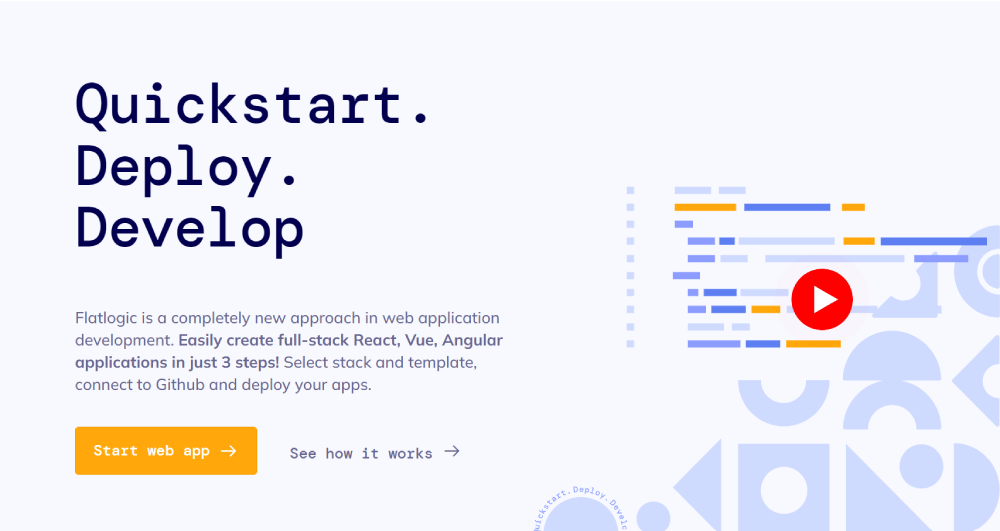Code reviews are an essential part of software development. They help ensure that code is clean, efficient, and free from major bugs before it gets merged into a project. However, manual code reviews can be time-consuming and prone to human errors.
This is where AI-powered code review agents come in. These AI tools analyze code, suggest improvements, and detect security vulnerabilities automatically. But can they fully replace human reviewers? In this article, we’ll explore the role of AI in code reviews, its advantages and limitations, and highlight tools that help developers improve code quality.
Why Are Code Reviews Important?
Before deploying software, developers check each other’s code to:
✔️ Find and fix bugs before they cause issues
✔️ Improve code readability and maintainability
✔️ Ensure best coding practices are followed
✔️ Detect security vulnerabilities early
Traditionally, this process relies on human reviewers, but as projects grow larger, manual code reviews become slower and harder to manage.
The Problem with Manual Code Reviews
❌ Time-consuming for large codebases
❌ Can miss hidden security vulnerabilities
❌ Developers may introduce biases or overlook issues
This is why many teams are turning to AI-powered code review agents to automate and improve the process.
How AI Code Review Agents Work
AI-powered code review tools use machine learning and natural language processing to analyze code. These tools learn from millions of code samples to detect patterns, errors, and inefficiencies.
What AI Code Review Agents Can Do
🔹 Analyze code structure to detect inefficiencies
🔹 Find security vulnerabilities before they become threats
🔹 Provide best practice recommendations
🔹 Automate repetitive checks, freeing up human reviewers
AI-powered agents do not replace developers but assist them by handling repetitive and time-consuming parts of the review process.
Top AI-Powered Code Review Agents
Several AI-driven tools are already helping developers automate code reviews and improve software quality. Here are some of the top AI agents available today:
1. Flatlogic AI – AI-Powered Web App Generator with Code Optimization

Best for: Developers looking to generate optimized web applications automatically.
✔️ Generates full web applications (frontend, backend, and database)
✔️ Ensures code follows best practices
✔️ Helps speed up development and reduce technical debt
Unlike traditional code review tools, Flatlogic AI creates web applications with optimized, structured code from the start, reducing the need for heavy post-development code reviews.
2. DeepCode – AI-Driven Code Analysis

Best for: Teams looking for AI-powered security and efficiency checks.
✔️ Uses machine learning to identify potential issues
✔️ Works with multiple programming languages
✔️ Provides real-time suggestions to developers
DeepCode acts like an AI-powered code reviewer, scanning for common mistakes, security risks, and poor coding practices.
3. GitHub Copilot – AI-Powered Code Suggestions

Best for: Developers who want real-time coding assistance.
✔️ Suggests code improvements while developers type
✔️ Learns from open-source projects
✔️ Works with multiple programming languages
While GitHub Copilot mainly assists in writing code, it also helps prevent errors by suggesting optimized, efficient solutions as developers code.
4. Snyk – AI-Powered Security Scanning
Best for: Developers concerned with security vulnerabilities.
✔️ Identifies security threats in dependencies
✔️ Provides automated security recommendations
✔️ Helps teams fix vulnerabilities before deployment
For teams handling sensitive data or enterprise applications, AI-powered tools like Snyk can help ensure their code is secure from cyber threats.
Can AI Code Review Agents Fully Replace Human Reviewers?
AI is excellent at detecting repetitive patterns, security flaws, and inefficiencies, but it has limitations.
| Feature | AI Code Review Agents | Human Reviewers |
|---|---|---|
| Speed | ✅ Instantly reviews large codebases | ❌ Slower for large projects |
| Security Detection | ✅ Finds known vulnerabilities | ✅ Can detect logical security flaws |
| Code Efficiency | ✅ Suggests optimizations | ✅ Understands the project’s context |
| Creativity & Innovation | ❌ Cannot improve complex logic | ✅ Can rewrite code with better approaches |
| Understanding Business Logic | ❌ Limited to pattern recognition | ✅ Fully understands project requirements |
While AI reduces manual workload, human reviewers are still necessary for understanding complex logic, business needs, and creative problem-solving.
How Developers Can Use AI to Improve Code Reviews
Since AI is not a replacement for human review, the best approach is to use AI and human expertise together.
Best Practices for AI-Assisted Code Reviews
✅ Use AI to handle routine code checks – Let AI tools catch syntax errors, security flaws, and inefficient patterns.
✅ Rely on humans for high-level decisions – Developers should review AI suggestions and ensure the code meets business needs.
✅ Combine multiple AI tools – Use Flatlogic AI for automated code generation, DeepCode for bug detection, and Snyk for security scanning.
By combining AI efficiency with human creativity, teams can build better, faster, and more secure software.
Final Thoughts: AI is Enhancing Code Reviews, Not Replacing Them
AI-powered code review agents are transforming how developers detect bugs, optimize performance, and improve security.
Will AI fully replace human code reviews? Not yet. But AI is making software development faster, more efficient, and less error-prone, helping developers focus on high-level problem-solving instead of routine debugging.
Would you trust AI to review your code? Or do you believe human oversight is always necessary? The future of AI-powered development is evolving, and developers who embrace AI will have a competitive edge.
